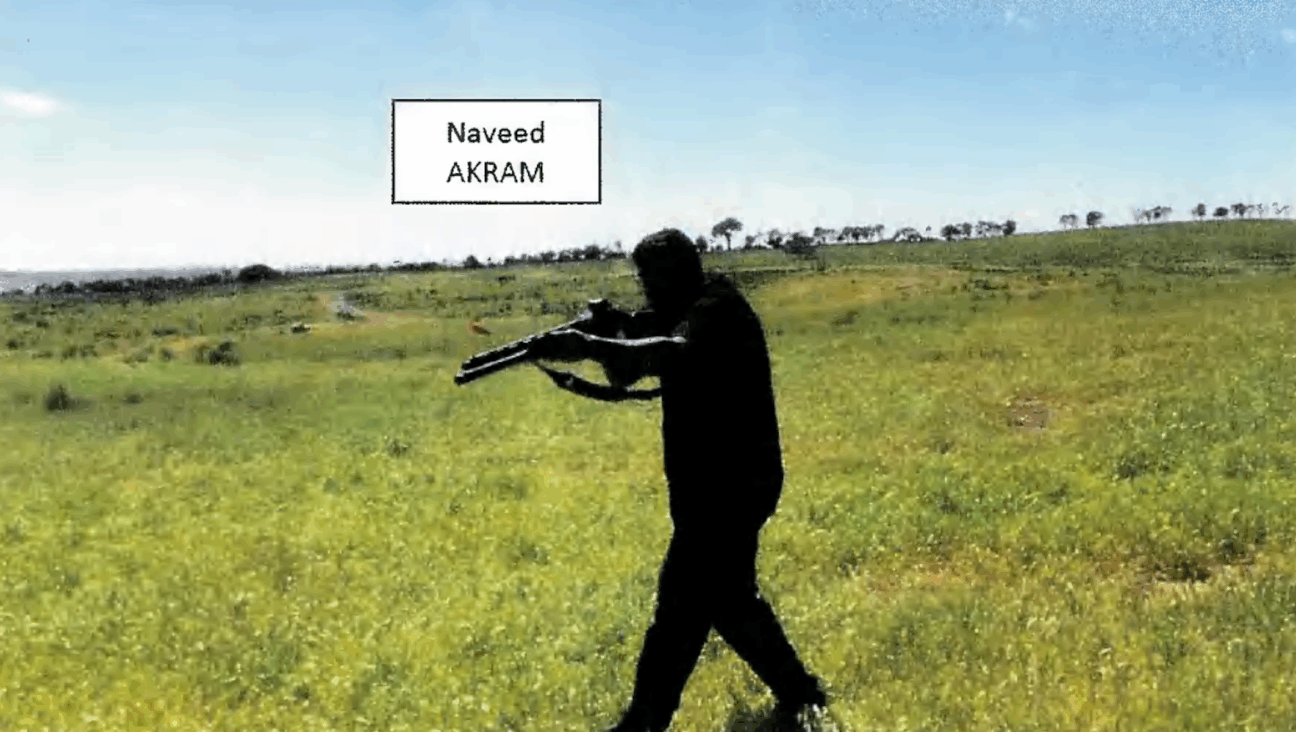German Finds $50K Trove of Gold Coins Buried in Nazi Era
An amateur archaeologist in Germany has found a historic collection of gold coins worth around 45,000 euros, probably buried during the Nazi era or shortly after World War Two, experts said on Wednesday.
Armed with a metal detector, Florian Bautsch found 10 coins in a hollow under a tree near the northern town of Lueneburg and professionals then excavated another 207.
They are of French, Belgian, Italian and Austro-Hungarian origin and date from 1831 to 1910.
Two aluminum seals featuring swastika crosses, eagles and the words “Reichsbank Berlin 244” were also discovered under the field with the coins. Germany’s central bank was called “Deutsche Reichsbank” during the Nazi era and an analysis of the metal in the seals suggests they were made some time after 1940.
“This was all found under a pine tree that is around 50 years old … and that must have grown afterwards … so we know it must have been buried in the last days of the war or shortly afterwards,” Mario Pahlow, a local archaeologist, told Reuters.
He and other archaeologists analyzing the trove say it was probably part of the Deutsche Reichbank’s gold reserves and the fact the coins were buried suggested they were stolen.
Edgar Ring, an archaeologist at Museum Lueneburg, said the culprit was probably an insider.
“It was either someone who worked at the Reichsbank and had access, which means it could have only been someone who was there in an official role, or somebody who took advantage of the situation when the coins were being transported,” he said.
The coins have a diameter of 21 millimeters and weigh 6.45 grams each. Pahlow said the coins, which are in “excellent condition” and have not yet been claimed, were worth between 190 and 210 euros each.
“It’s hard to work out what these coins were worth back then using today’s standards but it’s reasonable to assume that you could buy a very good suit, including a waistcoat and top hat, with one of these coins,” he said.
The trove of coins, which was found last October but has only been made public now that archaeologists have reported it to the lost property office and conducted research, will be displayed at Museum Lueneburg on Sunday.














